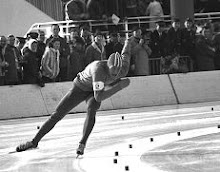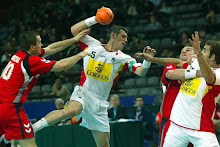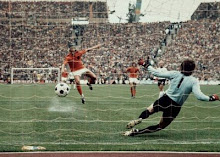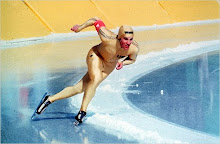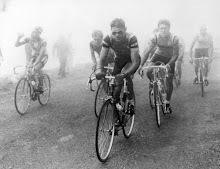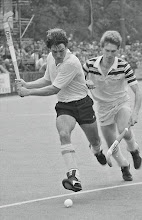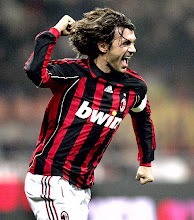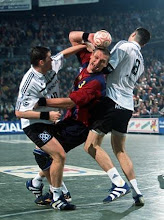
Seconds are passing away. Every minute is one less to enjoy life.
For sure there are still so many things you would love to do before leaving this world; once you get 65 or 70 years old maybe you don’t have the health to do the things you wished to do since so many years. In order not to fall into this error the wisest thing to do is to make a project for your life.
Another recommendation is to organize your time. You may get surprised to know how easy it is to get an important executive in your company or to be an important politician in your favourite political party. All consists in deciding it. The price to pay is not cheap, I can promise you that.
To be successful, the most important thing is an adequate distribution of your time.
We can distribute our time in the following aspects; Rest (to sleep), family (wife & children), friends and social life (neighbours, clubs etc.), work and yourself (sports, hobbies, study, read books etc.). An adequate distribution is a guarantee for quality of life and self-satisfaction, as well as a very satisfactory familiar atmosphere. To get to be an important executive or politician, you will have to emphasize on several aspects, normally on work and friends, deleting time for your family and yourself. Think about it.
Every day I receive plenty of mails with spam, jokes, junkmail etc. Some years ago I received the following one, worth while to make some reflexions.
Instructions for Life in the new millennium from the DALAI LAMA:
1. Take into account that great love and great achievements involve
great risk.
2. When you lose, don't lose the lesson.
3. Follow the three Rs: Respect for self, respect for others
responsibility for all your actions.
4. Remember that not getting what you want is sometimes a wonderful stroke of luck.
5. Learn the rules so you know how to break them properly.
6. Don't let a little dispute injure a great friendship.
7. When you realize you've made a mistake, take immediate steps to correct it.
8. Spend some time alone every day.
9. Open your arms to change, but don't let go of your values.
10. Remember that silence is sometimes the best answer.
11. Live a good, honorable life. Then when you get older and think back, you'll be able to enjoy it a second time.
12. A loving atmosphere in your home is the foundation for your life.
13. In disagreements with loved ones, deal only with the current
situation. Don't bring up the past.
14. Share your knowledge. It's a way to achieve immortality.
15. Be gentle with the earth.
16. Once a year, go someplace you've never been before.
17. Remember that the best relationship is one in which your love for each other exceeds your need for each other.
18. Judge your success by what you had to give up in order to get it.
















